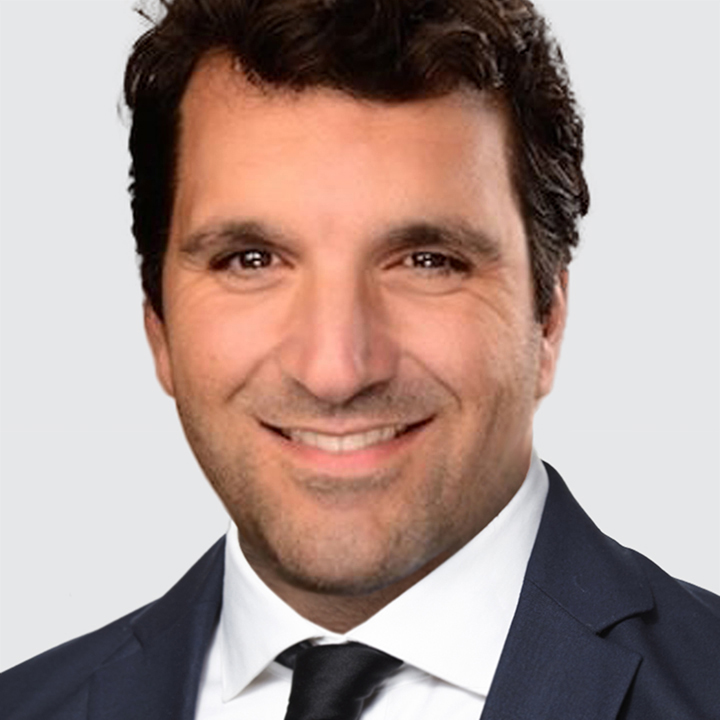Just a Little Bit Longer
US
USD is consolidating after yesterday’s broad slide, hovering near a three-year low. Global equity markets continue to grind higher and the steep drop in crude oil prices paused. 2-year Treasury yields fell from an intra-day high of 3.86% yesterday to a multi-week low at 3.79% as Fed funds futures firmed up odds of rate cuts. Fed funds futures are once again fully pricing the next 25bps cut in September and nearly 100bps of easing over the next 12 months.
The US Conference Board Consumer Confidence Index unexpectedly deteriorated in June. Headline fell to a two-month low at 93.0 (consensus: 99.8) vs. 98.4 in May driven by both the Present Situation and Expectations Indexes. Moreover, the labor market is showing signs of cracking. The labor index (jobs plentiful minus jobs hard to get) dropped further in June to 11.1 (lowest level since March 2021) vs. 12.7 in May, indicative of weakening labor market conditions.
The key takeaway from yesterday’s Fed speakers is there’s no rush to resume easing, but rate cuts are still on the table if inflation softens meaningfully.
Fed Chair Jay Powell: “The thing that every outside forecaster and the Fed is saying is that we expect a meaningful amount of inflation to arrive in coming months, and we have to take that into account…We'll make smarter and better decisions if we just wait a couple of months or however long it takes to get a sense of really what is going to be the pass-through of inflation.” Powell wraps up his two-day testimony before Congress today (3:00pm London).
Cleveland Fed President Beth Hammack (2026 voter): “It may well be the case that policy remains on hold for quite some time before the committee initiates very modest cuts to return policy to a neutral setting.”
New York Fed President John Williams: “Maintaining this modestly restrictive stance of monetary policy is entirely appropriate to achieve our maximum employment and price stability goals.”
Fed Governor Michael Barr: “Monetary policy is well positioned to allow us to wait and see how economic conditions unfold.”
Boston Fed President Susan Collins (2025 voter): “I don’t see an urgency to adjust rates…We do not have that sustained price stability that I’m looking for.”
Minneapolis Fed President Neel Kashkari (2026 voter): “it isn’t obvious that we’ve seen the full effects of the tariffs yet so we’ve been taking our time to try to get a sense of what’s really going on before we made any dramatic changes in our policy outlook.”
Kansas City Fed President Jeffrey Schmid (2025 voter): “With all this uncertainty, the current posture of monetary policy, which has been characterized as 'wait-and-see,' is appropriate.”
We are sticking our bearish USD view: (i) the Trump administration implicitly supports a weaker dollar, (ii) the US economy faces stagflation risk, and (iii) confidence in US trade, fiscal, and security policies has taken a big hit.
JAPAN
USD/JPY is firmer above 145.00. Bank of Japan (BOJ) policy board member Naoki Tamura toned down his hawkish bias. Tamura said the chances of a rate hike aren’t so high while trade talks between Japan and the US are still underway. Tamura is the most hawkish board member as he was the only one to vote in favor of a rate hike in December 2024.
Bank of Japan’s Summary of Opinions from the June 16-17 meeting suggests the bar for resuming raising the policy rate in high. One member noted that “even if Japan's economic activity and prices develop in line with the baseline scenario…the Bank should, at this point, maintain accommodative financial conditions with the current interest rate level.” A similar view was shared by at least two other members.
The swaps market still implies a total of 50bps of BOJ rate hikes to 1.00% over the next three years. The BOJ’s cautious normalization cycle is an ongoing headwind for JPY.
AUSTRALIA
AUD/USD is range-bound around 0.6500 supported by favorable financial market risk sentiment. Australia’s monthly CPI inflation cools more than expected in May. Headline CPI printed at 2.1% y/y (consensus: 2.3%) down from 2.4% in April and the lowest since October 2024. Trimmed mean CPI fell to 2.4% y/y vs. 2.8% in April, the lowest rate since November 2021.
Softening inflationary pressures argues for more RBA rate cuts. RBA cash rate futures now imply 92% odds (vs. 86% on Monday) of a 25bps cut to 3.60% at the July 8 meeting and nearly 100bps of easing over the next 12 months.
SWEDEN
USD/SEK is trading heavy around 9.5300. Riksbank minutes of June 18 meeting is due today (8:30am London). At that meeting, the Riksbank cut rates 25bps to 2.00%, as expected. It was a dovish cut, as the bank said that “The forecast for the policy rate entails some probability of another cut this year.”
The Riksbank sees the policy rate at 1.92% by Q4 2025 before bottoming at 1.88% by Q1 2026. This lines up for the most part with the swaps market, which is pricing in 25bps of total easing over the next 12 months that would see the policy rate bottom at 1.75%.
CZECH REPUBLIC
Czech National Bank is widely expected to keep the policy rate unchanged at 3.50% (1:30pm London). At the last meeting May 7, the central bank cut rates 25bps to 3.50%. However, it was a hawkish cut as Governor Michl said “We don’t have agreement for now whether this was the last cut or not. What we do agree on is that the room for lowering rates further is limited, and that further cuts are preconditioned by a decline in inflationary risks in the domestic economy.” More recently Michl said “The base repo rate currently is at 3.5%, and I expect it will remain at this level for some time.” The swaps market agree and price-in steady rates over the next six months.

